Tips For Planning The Perfect Eurotrip
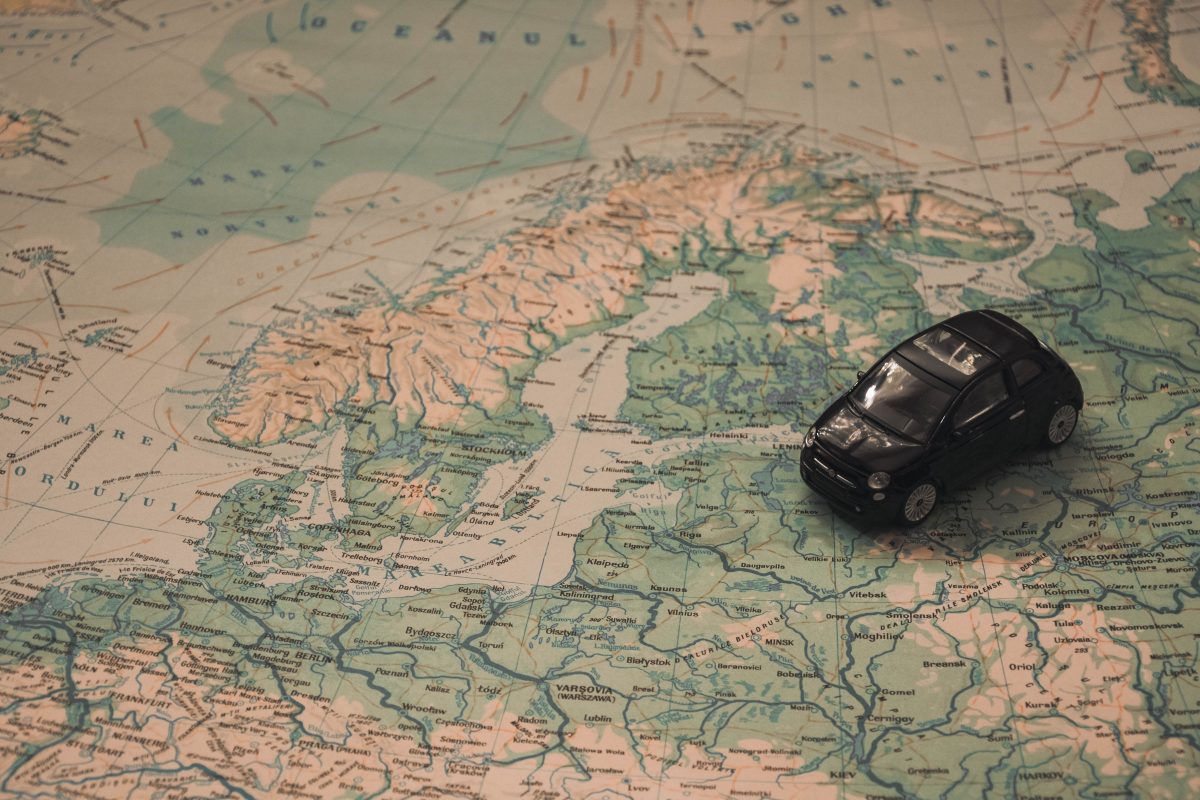
A Eurotrip has been something like a badge of honour for experienced tourists. It lives on numerous bucket lists like an unattainable dream. With some wise planning, you can have the perfect Eurotrip within your budget. Here we’ll talk about planning in a nutshell – papers for travelling, the best ways to move between European countries, and the best options for a comfortable stay in the cities of the Old World.
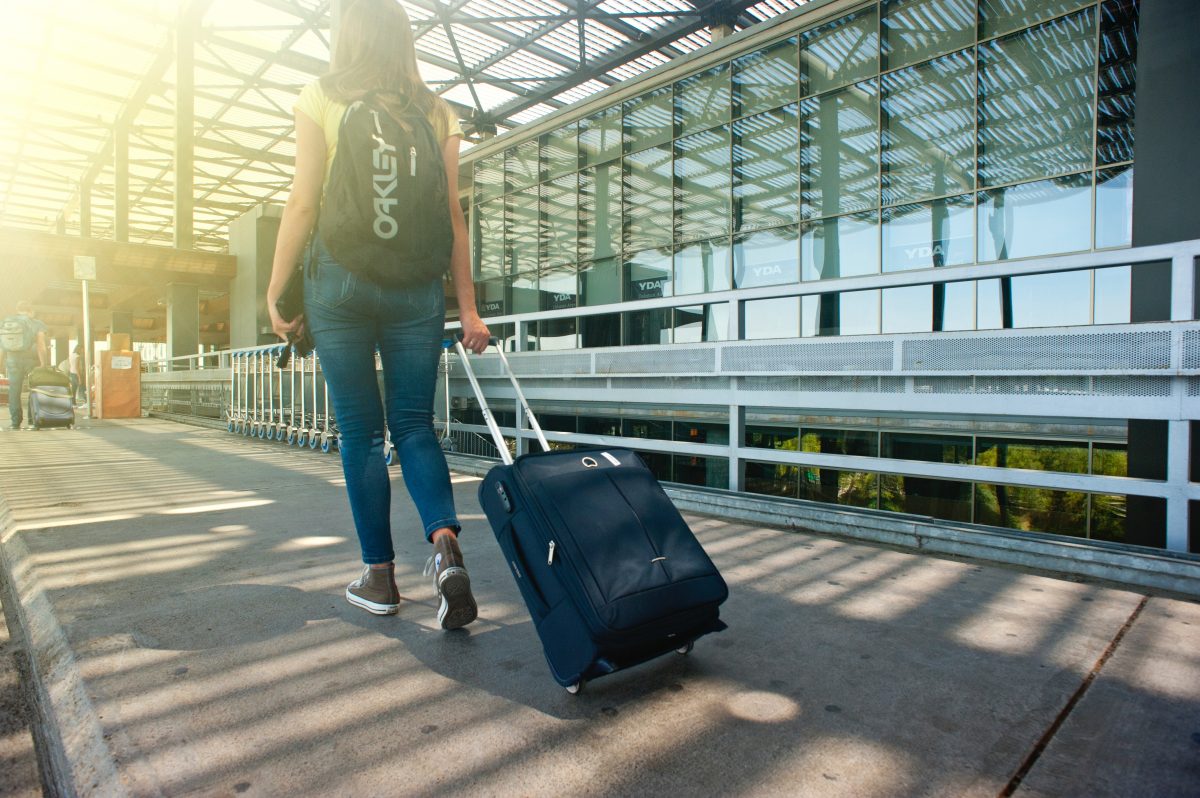
Photo by Oleksandr Pidvalnyi on Pexels
Travel Documents Needed Within Europe
Imagine coming off the plane and being on your way to see the border patrol officer you dream of strolling along the Seine. However, if you fail to produce the documents required for entering a European country, instead of a sweet taste of French croissant you’ll get the bitter taste of a failed trip.
Passport
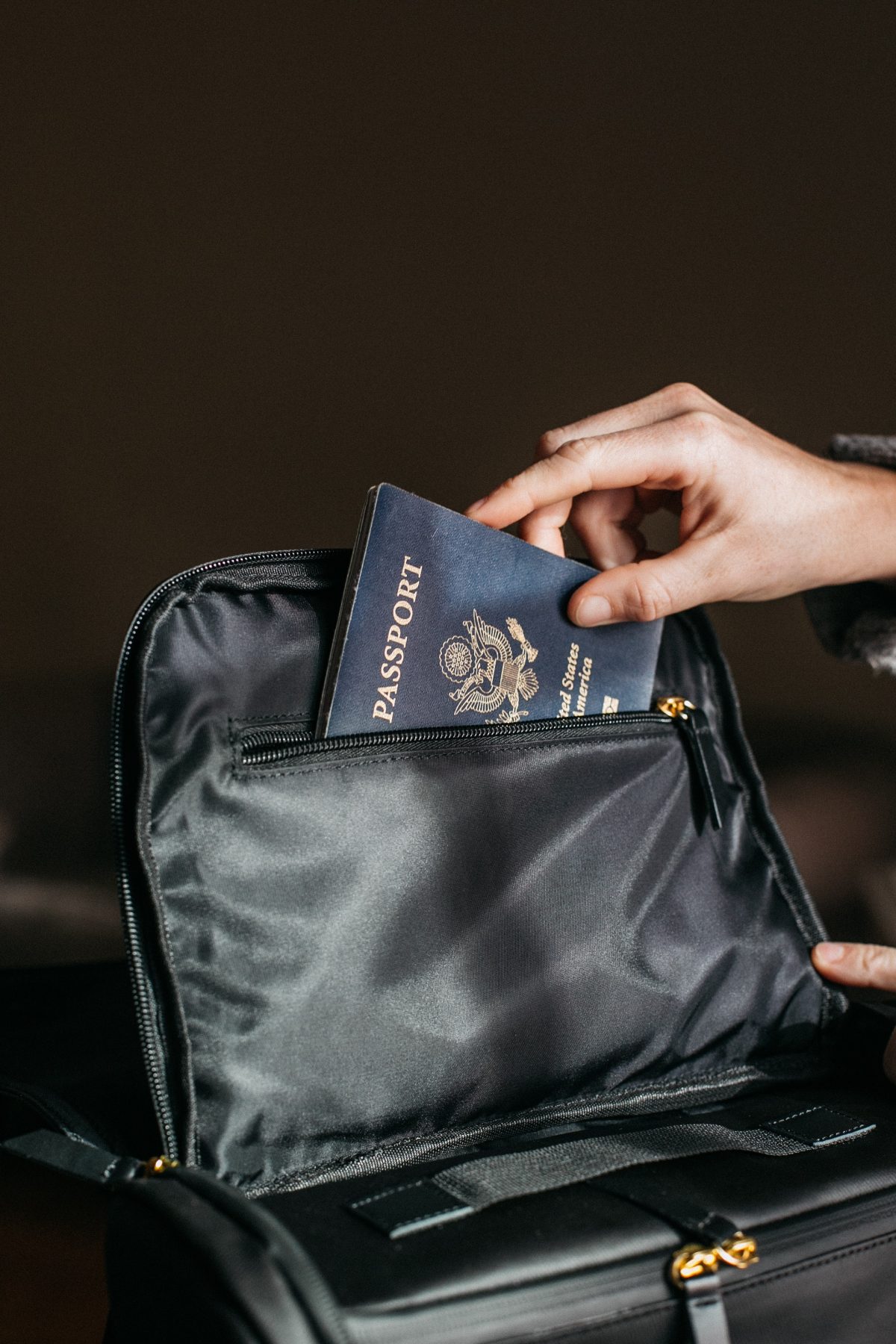
Photo by Vinta Supply Co. | NYC on Pexels
To leave your country, you’ll need to have a passport and/or other valid ID for foreign travel. Your passport has to be valid for at least 3 months after the date of your departure from the EU. Be advised to always carry your passport so you can present it to local law enforcement officers upon request. As in most foreign countries, your ID or driver’s license won’t be sufficient.
Visa
Okay, you are going for a Eurotrip! First things first: find out whether you need a visa to the EU or not. The majority of European countries belong to the Schengen Area.
It’s a zone of open borders between countries and you’ll need just one set of documents to enter the whole area. So once you have permission to enter the Schengen area, you can move between its member-countries freely.
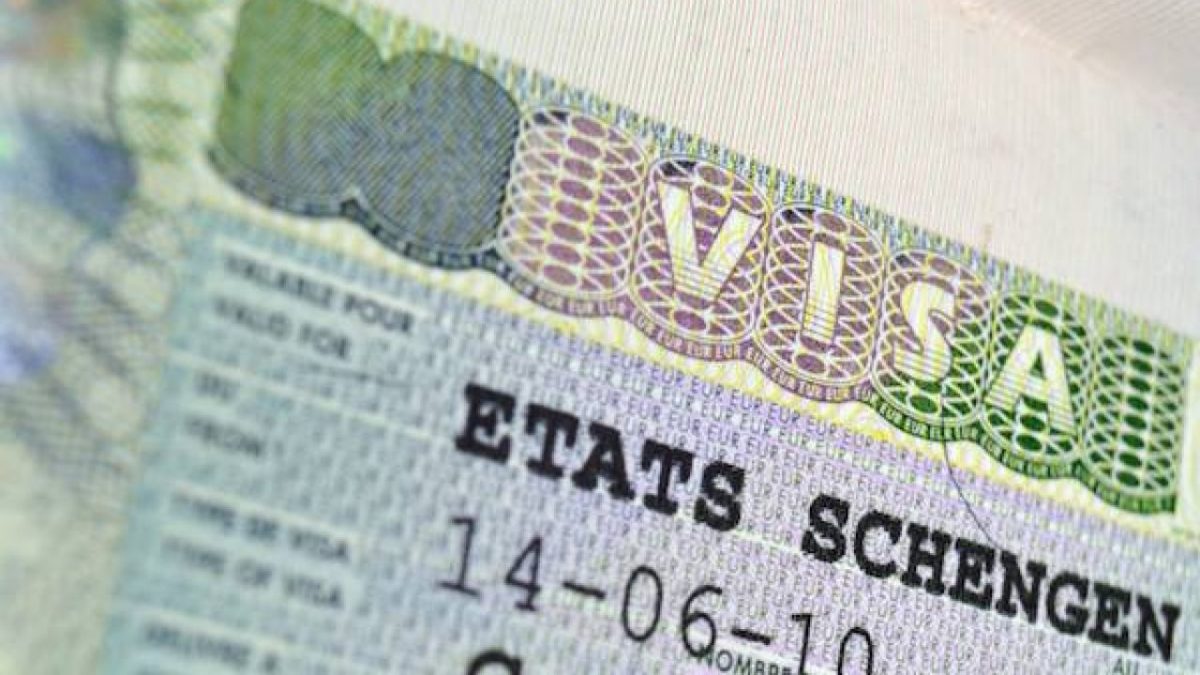
Photo taken from moroccoworldnews.com
The best way to find out whether your homeland has a visa-free regimen with the Schengen area is to visit this website. Take into account that not all of the EU countries are in the Schengen zone. For instance, Bulgaria, Croatia, and Romania are not yet part of this agreement, not to mention the Brits with their EU-ambiguity. On the other hand, such states like the Vatican and Monaco have open borders despite not being the members of the Schengen agreement. Sounds like a headache, huh?
When making a plan for your Eurotrip, just remember to check with the Embassy websites of the countries you want to visit. All the requirements regarding your trip, including paperwork and visa applications, should be available there. Here is an example of such a website: the German embassy in Singapore.
Additional Documents
Whether you are required to have a visa or not, you will still need some extra papers to enter European countries. First of all, don’t be surprised if a border control officer asks for your return tickets.
To let you in into the country, they must make sure that you have the means to depart home once you have enjoyed your pleasant stay. They also might ask you to show proof of your insurance coverage to make sure that your medical expenses will be covered should you incur any during your stay.
Even though this requirement is optional for most travellers, do not neglect it. In any worst-case scenario, this safety measure will save you quite a buck abroad.
An officer may also ask you for proof of lodging to be sure that you won’t join local hobos on a bench under the stars. A hotel booking, an Airbnb reservation, an email print-out with the address of your hostel — any of these should be enough.
In case you have an adventurous spirit and prefer to find lodging as your trip unfolds, presenting proof of sufficient funds will also work. Every country has its own per diem minimum though.
Transportation For A Eurotrip
The next step in planning the trip of your dreams is figuring out how to move between those Instagram-worthy sites in different countries. Here’s the breakdown of ways on how to navigate Europe.

Photo by slon_dot_pics on Pexels
Eurotrip By Plane
Even though it seems easy enough to just point at a city on the map of Europe and find the nearest airport to fly into, you might choose to put some careful thought into choosing a point of entry.
Choosing an airport with a bigger flight flow or one that functions as a hub for low-cost airlines can save you a fortune. One money-saving entryway into the EU is coming to Paris, France through Orly or Charle de Gaulle airport. The price for a roundtrip ticket for these airports starts from $260 from the US and $650 from Singapore per one person.
Northern Europe
If you aim for northern Europe, consider flying into Stockholm, Sweden. Arlanda Airport serves regular flights starting from $320 from the US and $680 from Singapore.
Western Europe
The route from western Europe is best started in Spain, Barcelona. The airport lengthily titled Josep Tarradellas Barcelona-El Prat hosts flights from $250 for a roundtrip from the US and $600 from Singapore. On the other hand, flights through Madrid are $50-$100 more expensive.

Photo by Anugrah Lohiya on Pexels
Eastern Europe
In case you want to start your trip from Eastern Europe check out Warsaw, Poland or Budapest, Hungary. It will cost you $370 for a roundtrip from the US and $690 in case you are coming from Singapore.
Plane hopping is a good travel option within Europe. Domestic flights are affordable and will save you tons of time for sightseeing. For short flights, aim for airports within the city borders that can be reached by public transport as opposed to Parisian airports.
Even though flights coming to and from Aéroport Paris Beauvais might be $10-$20 cheaper, you will arrive at a small village of Beauvais which is about 80 km away from Paris. You will therefore end up spending an additional $18 to get to the city centre in contrast to $6 for a journey from Orly or $2 from Charle de Gaulle airport.
Eurotrip By Train
Travelling by train in Europe sounds romantic: sipping good coffee and peering through the window to see the authentic view accompanied by the jangle of wheels on rails. Generally, train travel is a good way to see more of the quotidian life inside a country.
Most European countries have a well-developed, fast railway system which will both save you time and offer more comfort. If your budget is more or less flexible, have a try at French TGV trains. These high-speed trains can help you traverse the whole country for a little more than 3 hours!

Photo by Keith Wilkinson on Flickr
However, travelling by train internationally is a bit more tricky and requires thorough research. You can either get a ticket for $23 on Czech websites or $100 on an easy-to-find international website of the EU inter-operator system called TCV.
With trains, buying tickets well in advance is equally important — prices rise weekly and some popular destinations and convenient schedules may be fully booked several months early.
Eurotrip By Bus
This should be your preferred option if you want to fit more stops in your trip on a budget.
Modern buses in Europe are comfortable and convenient. Most companies provide on-board entertainment, refreshments, bathroom access, Wi-Fi, and outlets. And there’s a whole lot of them, too!
Our recommendation is to look for such companies as Megabus, Busabout, and FlixBus, and keep an eye on their annual sales — you can get a ticket from Berlin to Paris for as low as $5 if you’re in luck! With some wise planning, you can visit 6 major European cities for under $60.
European roads and highways are famously well-maintained, so your journey is going to be smooth albeit not as fast as with other transport options. If you have a bit more time and want to visit places off the beaten path — choose bus travel for your Eurotrip.
Eurotrip By Car
Rent a car and hit the road for maximum flexibility on your trip. Once you are behind the wheel, you can easily explore two different countries in two days. Prices for fuel in Europe currently range from $1.30 to $1.70/L.
Since the distances between the Old World countries are relatively short it’s well worth your buck to choose travelling by car if you prefer driving.

Photo by Tomáš Malčo Malík on Pexels
We advise you to read up on driving etiquette and regulations in the countries you plan to visit to avoid unpleasant surprises on the road.
To rent a car, you will need to present an international driver’s license. Some countries may require an international driver’s permit as well. Most companies will ask for a deposit depending on the car type and model.
All around Europe, you can easily find popular rental companies such as Sixt, Hertz, and Enterprise in bigger cities. You can also opt-out for smaller local companies. They will charge you less and have less strict leasing rules.
Important notice: if you are younger than 25, most big-name companies will not rent you a car as per their official regulations. Pay attention to the terms and service agreements in order to avoid inconveniences and additional fees. Getting insurance coverage is also strongly recommended.
Accommodation Options For A Eurotrip
Living arrangements are a cornerstone for planning big trips. In bigger European cities the options are only limited by your budget and imagination. You can choose from hotels, hostels, apartments, campgrounds, and so on. However, we have some experience-based advice for you to consider.

Photo by H. Emre on Pexels
Hotels in Europe
Hotels will be a perfect option for those who don’t want to fuss with finding a place to stay and prefer to travel on a flexible budget. Other perks of hotels are that most of them are located in the city centre.
They are therefore easy to find and are close to town. Most of the time, there are also meals included, transfers from and to the airport, and helpful staff.
The unique feature of most hotels in Europe is that they have been around long enough to acquire rich histories. Some hotels are listed as architectural heritage, like Belmond Villa San Michele in Italy which was once a medieval monastery.
Other places have witnessed historical events such as the Hotel Ritz in Paris which used to serve as Luftwaffe headquarters during WWII. Some hotels are also bizarre and creative like Jumbo Stay in Sweden — a plane which was renovated into a hotel.
Hostels in Europe
If you are young, adventurous, and full of energy, but your budget is super tight, this is a perfect option for you. Hostels are a truly European phenomenon. High demand and competition have made hostels pump up their level of services, so now almost every one of them has clean bathrooms, comfy beds with fresh linen, and designer interiors. It is relatively hassle-free to find a place to stay for as low as $14 per night.
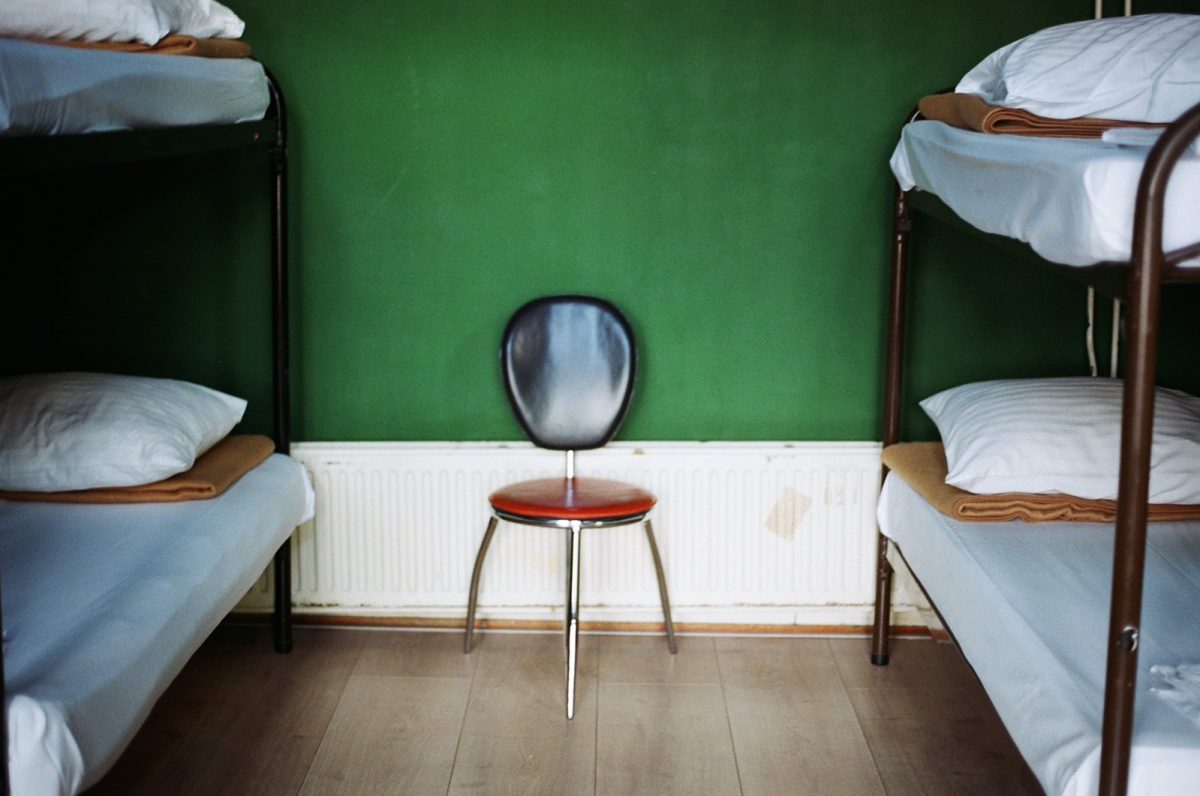
Photo by Sophie Williams on Flickr
Above all, hostels will provide you not only with a roof above your head but most certainly with a unique atmosphere of cultural exchange. It is usual to share a room with like-minded travellers from 4 different countries, all of whom have a lifetime of stories to share.
If you don’t mind sharing a room with a stranger, staying at a hostel will reward you with a bunch of foreign friends. Nevertheless, be advised that hostel prices vary a lot from country to country.
For instance, in Stockholm, Sweden, or Oslo, Norway, a bed in a dorm room might cost you $44-$50 while renting a separate room in a private apartment through airbnb.com will cost you the same.
Private Apartments in Europe
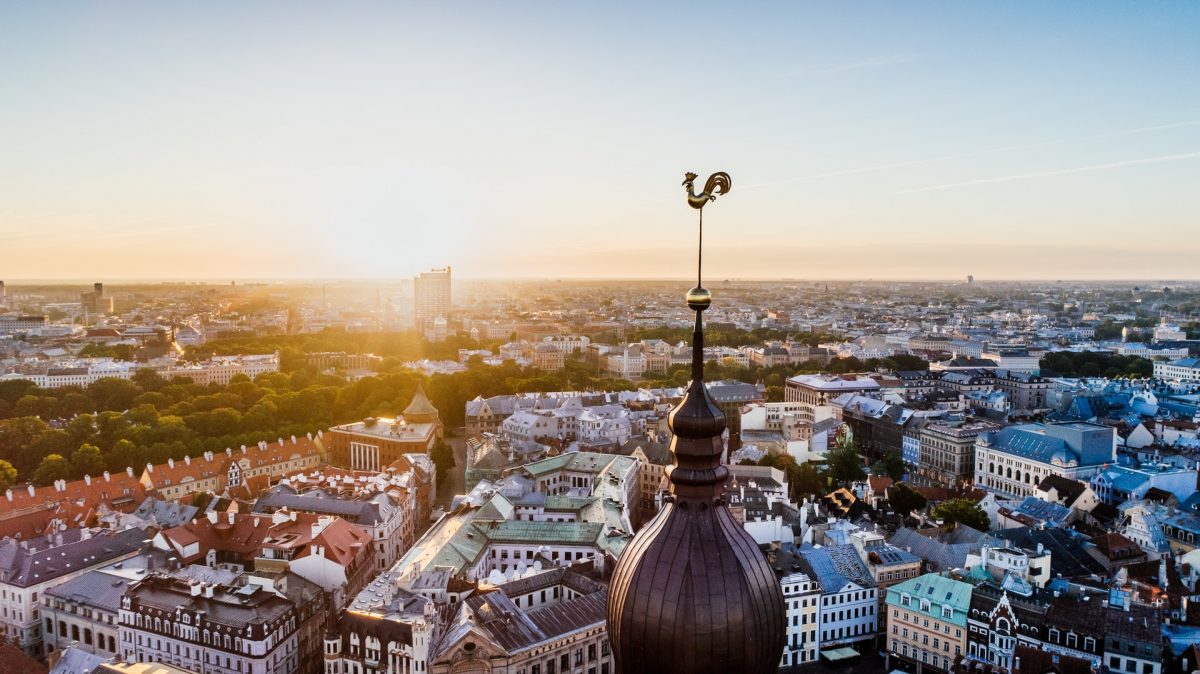
Photo by Aleksejs Bergmanis on Pexels
The major benefit of choosing a private apartment is availability. Most of the cities have more apartments listed for nightly rent than hotels or hostels. For staying in smaller cities, this option is more cost-efficient than a hotel room. There are roughly two categories of spaces you might rent:
-
-
A Separate Room. This option is more private than a hostel stay but is often cheaper than finding an entire place for yourself. You’ll have your room but will share a bathroom and public spaces with other people. Quite often, you will be the only tourist in the apartment and you’ll end up living “like a local” for a day alongside the owners of the place.
-
-
-
Entire Place. With this option, you will have a whole place at your disposal including a kitchen to cook at, recreational facilities (if any), and total privacy. This a great option for travelling with your partner, or with a group of friends. In general, renting a bigger place if you travel in a group of 4 people or is much cheaper than paying for a hotel.
-
An important thing to bear in mind is that in western Europe many listings will be located in authentic, old buildings. Some of them might even be pre-WWII! A typical old Parisian flat is very small — less than 20 square meters.
While it has its charm, a small space can be an inconvenience so ask your potential host about the peculiarities of the space before booking one.
Other Options For Accommodation In Europe

Photo by Cliford Mervil on Pexels
Camping. If you are a seasoned camper, we have some good news for you. In Scandinavian countries, there is a law called “Allemansrätten” which means the freedom to roam.
According to this law, you have the right to pass, cycle, and camp anywhere in nature regardless of private land ownership. Well it doesn’t mean that you could crawl into somebody’s fenced backyard but you can set camp on any stretch of someone’s uncultivated land for a night or two.
Couchsurfing. If you are very short on budget, you can try to count on someone’s hospitality. Couchsurfing is a social network that allows people to find a place to stay or a host in a foreign land. It is mandatory free of charge and is powered entirely by trusting other people.
Budget For A Eurotrip
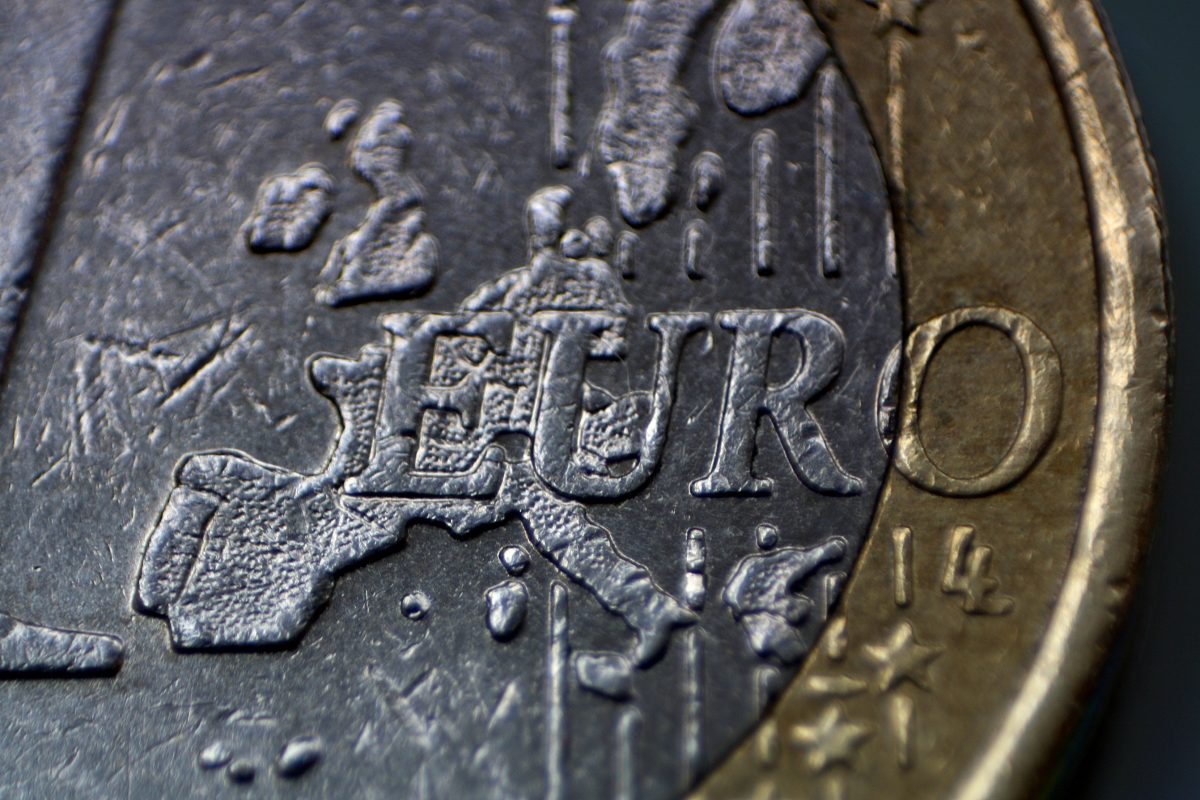
Photo by manuMenendez on Flickr
Budget for a 7-10 day Eurotrip, excluding roundtrip tickets could roughly be divided into two options:
Under $500
To get maximum experiences on a tight budget you will have to plan your trip far in advance.
-
Best “early bird” tickets pop up within half a year before the date of travel. Aim for low seasons since transport and accommodation will be cheaper. For instance, if you are going to visit Greece, plan for July, and opt for a winter trip to Scandinavia since this at this time of the year, those regions are less popular with tourists.
-
You will have to travel around mostly by bus. If you are lucky, you can travel between 3-5 countries for about $50. However, if you keep an eye on sales at low-cost European airlines such as EasyJet, Ryanair, Wizzair or Wow Air you can fly between popular destinations for the same amount of money! For instance, a trip from Warsaw to Paris can cost you $9 with Ryanair’s winter holidays’ ticket sales.
-
Look for museum and transport passes. It is a common practice in Europe to issue passes that will provide you with a package deal on public transport and the most popular attractions. If you are a student, bring your student ID! Many museums in the European Union are free for students or persons younger than 26.
-
Hostels should be your preferred accommodation option at $10-15 per night. However, if you are travelling on holidays, consider looking for apartments instead. Look for places around Universities. You are very likely to find a cheap place leased by a student who’s going home or away on holidays as well, and is trying to cover their rent.
-
Meals in local cafes will cost you around $10, fast-food around $6. Buying food in local grocery stores is cheaper, and the best offers are usually at discount stores such as Lidl or Biedronka.
Above $500
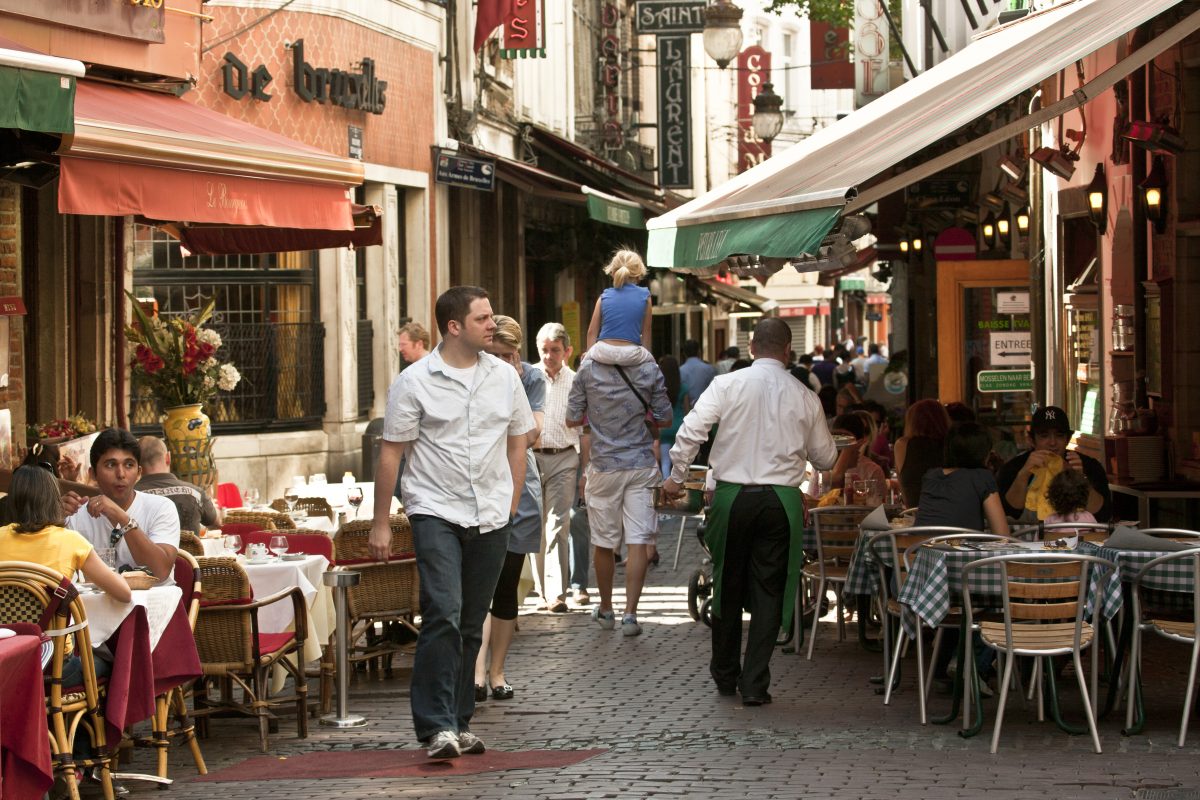
Photo by William Murphy on Flickr
-
Don’t postpone your planning until the last minute. Two months’ advance is a doable window for finding good accommodation options at hotels and convenient train and plane tickets.
-
Once you have a roadmap of your future journey, it is time to buy tickets. Railroad tickets become available 3 months in advance while flights will be half-booked by that time. Always pay attention to a flight type. Direct flights are the best choice because they are faster and minimise your chances to miss your connection flight. Consider Lufthansa, Air France, and Turkish Airlines as they have been voted best in comfort and timeliness of arrival.
-
If you have already decided on the places you want to dine at, consider making an early reservation. For instance, restaurants on the top of the Eiffel Tower get fully booked in several weeks’ advance and get especially busy around the holidays. And a show at the Moulin Rouge is impossible to book on the spot!

Photo by Fabio Guiggiani on Flickr
Everybody’s perfect Eurotrip will look different. However, if you stick to the general idea of seeing as much as possible and being ready for an adventure, you are all set to have an unforgettable experience. You can take a sip of many different cultures but you will always want to come back for more!
If you enjoyed reading this article about your ideal Eurotrip, be sure to check out our tips on how to make your trip to Bristol, England memorable.

